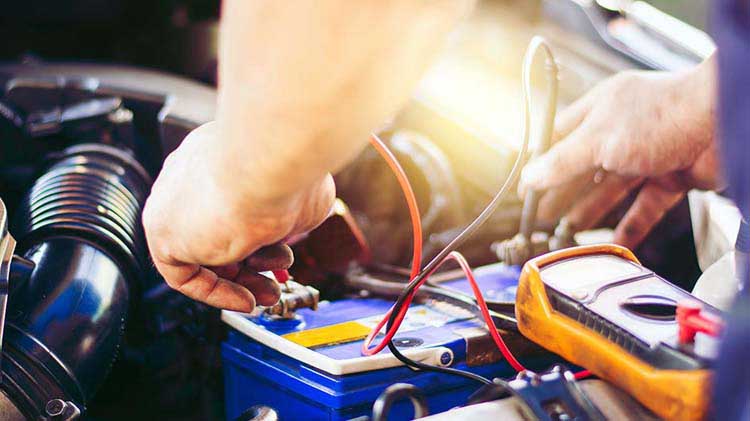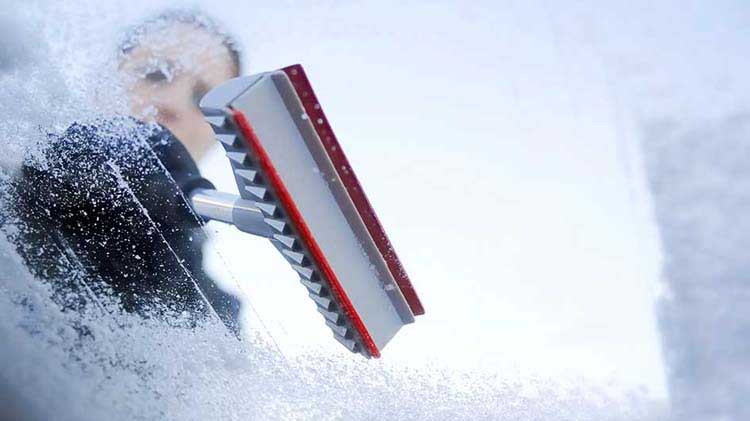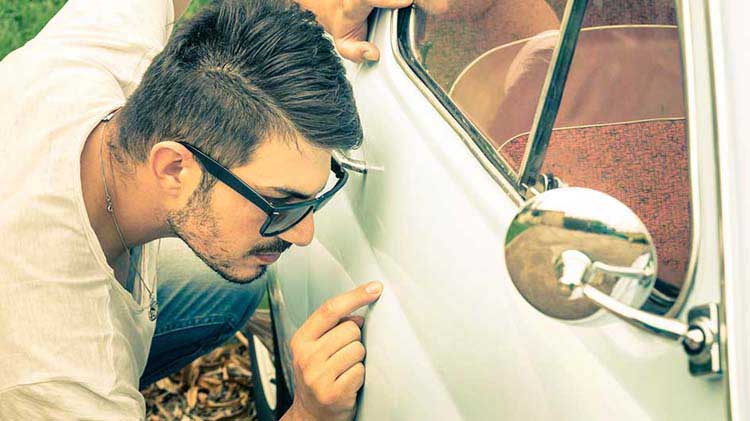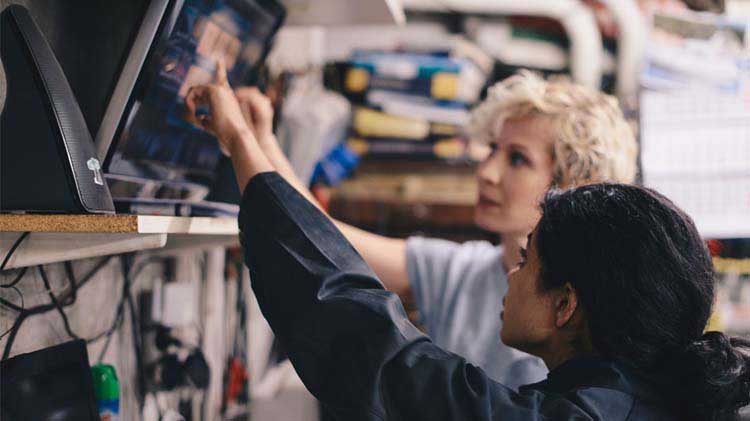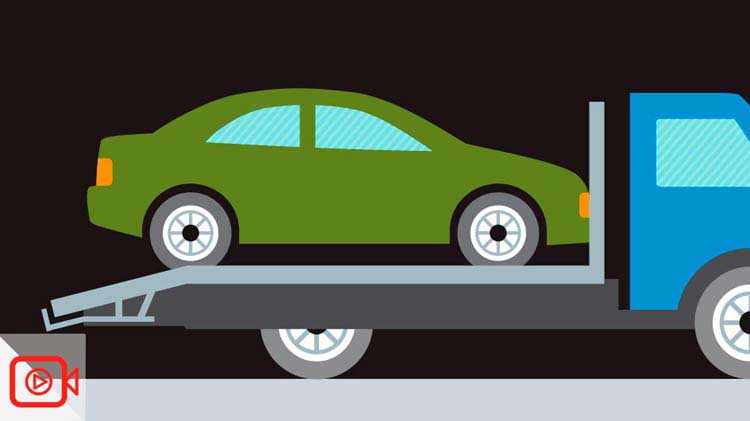How to jump start a car
Know what to do if your vehicle's battery dies.
If your vehicle's battery dies, it can be handy to know how to jump-start a car so you're prepared to get it going again. Here's a step-by-step guide to jump-starting a car battery.
Prepare for jump starting
- Don't attempt to use jumper cables if either vehicle has an electronic ignition system or is an alternatively fueled vehicle as this may damage the car.
- Pull the working vehicle close to, but not touching, the stalled one.
- Turn off ignitions in both cars.
- Put both vehicles in park or neutral.
- Engage emergency parking brakes.
- Pop hoods.
- Put on safety glasses.
- Remove any terminal covers.
- Wipe or wire-brush dirty terminals.
- Don't jump a leaky or frozen battery.
- Don't let cable clamps touch.
- Don't reverse the polarity (connecting positive + to negative -) or damage may occur.
Attaching the jumper cables
- Grab the clean, corrosion-free jumper cables you keep in your vehicle or ask a fellow motorist for a pair.
- Begin at the dead battery.
- Attach a red clamp to the positive + terminal.
- Next, move to the working battery.
- Attach the other red clamp to the positive + terminal.
- Attach the black clamp to the negative - terminal.
- Attach the last black clamp to an unpainted metal surface on the stalled car, preferably the engine block, cylinder head or other chassis ground.
- Start the working vehicle and let the engine run a few minutes.
- Try to start the dead vehicle.
Removing the jumper cables
While the engine is running:
- Disconnect the black clamp first, then disconnect the red.
- Don't let the clamps touch each other while any cables are still connected to the cars.
- DO NOT shut the engine off. Let it run for about 15 minutes to recharge the battery.
Car battery still dead
- Recheck the clamp connections.
- Run the working vehicle again.
- Try to start it again.
If that still doesn't work, that's where State Farm® Emergency Road Service coverage comes in handy. And once you're in a safe spot, follow these battery replacement tips, if needed. And keep an eye on your car maintenance schedule to avoid a repeat experience.
